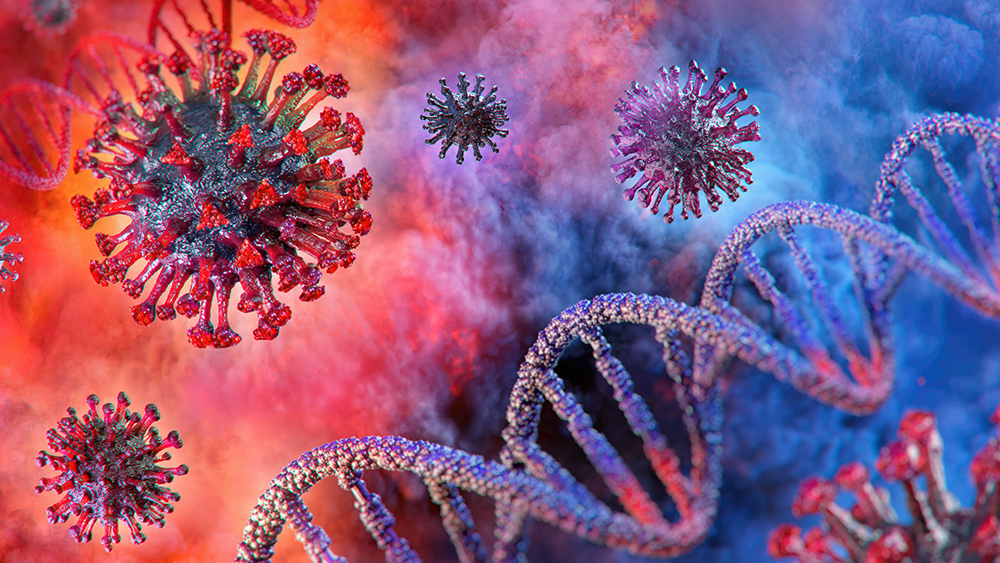
“Now that the virus has a foothold in so many countries, the threat of a pandemic has become very real,” stressed WHO Director-General Dr. Tedros Adhanom Ghebreyesus, in a conference call with reporters from Geneva on Monday.
In its latest report, the organization estimates over 109,000 COVID-19 cases and over 3,800 deaths worldwide as of press time. In China, where the virus originated in December, health officials have noted a decrease in the number of infections. However, other regions have reported an upswing in cases, with current figures indicating 104 countries reporting COVID-19 cases. In particular, Korea has reported 248 new cases, bringing its total to 7,382 – the most number of cases outside China, while Italy and Iran follow closely with 7,375 and 6,566 cases, respectively.
According to data compiled by Johns Hopkins University, the U.S. now has over 560 cases spread across 30 states since last week.
Not a pandemic… (huh?)
While the WHO still does not consider the coronavirus as a global pandemic, officials say that they are closer to making the declaration. Currently, the WHO has identified four countries – China, South Korea, Iran and Italy – which account for 93 percent of all COVID-19 cases worldwide. (Related: South Korea doubles down on virus testing: 140,000 people successfully tested for coronavirus.)
“When you reach 100 countries and when you reach 100,000 cases, it is time to step back and think, two weeks ago it was 30 countries,” added Dr. Mike Ryan, executive director for the WHO Health Emergencies Programme.
Despite this, Dr. Tedros stressed that it's early for world leaders to give up, saying the only a handful of countries have “signs of sustained community transmission.” For instance, China and Singapore have reportedly contained the spread in their countries. The latter, in particular, has reported 70 percent of all confirmed cases to be recovered, indicated a potential end to the outbreak in the region.
“China is bringing its epidemic under control,” Dr. Tedros added.
For other countries, however, Ryan said that it's still too soon to tell, indicating that some countries have just begun to receive their first cases.
“We’re still very much in the [upcycle] of this epidemic, and there are still a number of miles to go,” he noted.
According to the officials, world leaders play a key part in containing the spread of COVID-19 in their individual countries. Dr. Tedros, in particular, cited Singapore's “all-government approach” in handling the containment of COVID-19, even praising Prime Minister Lee Hsien Loong's video to explain the risks of the disease and reassure people.
“It is in our hands. … In many countries, it will get worse before it gets better,” explained Dr. Maria Van Kerkhove, technical lead for the WHO Health Emergencies Programme. “Absolutely, we see a light at the end of the tunnel, but how quickly we get there depends on what countries do.”
Officials shed light on coronavirus severity
Van Kerkhove also explained that while around 80 percent of people who become infected with COVID-19 show mild symptoms, this can include mild forms of pneumonia. Those with preexisting medical conditions, including heart disease, respiratory disease, cancer and diabetes, are at a higher risk for death. However, Dr. Tedros noted that the risk factors do not mean that the disease kills older people.
“The death rate from this outbreak is high. We shouldn’t categorize by young or senior. Of course, to understand the epidemiology, it’s fine to do that, but for action, I think every life matters,” he added. “This is a moral decay if we try to categorize it that way, a moral decay of society.”
"The rule of the game is never give up," Dr. Tedros said.
Get the latest on the coronavirus outbreak by following Pandemic.news.
Sources include:
Please contact us for more information.























